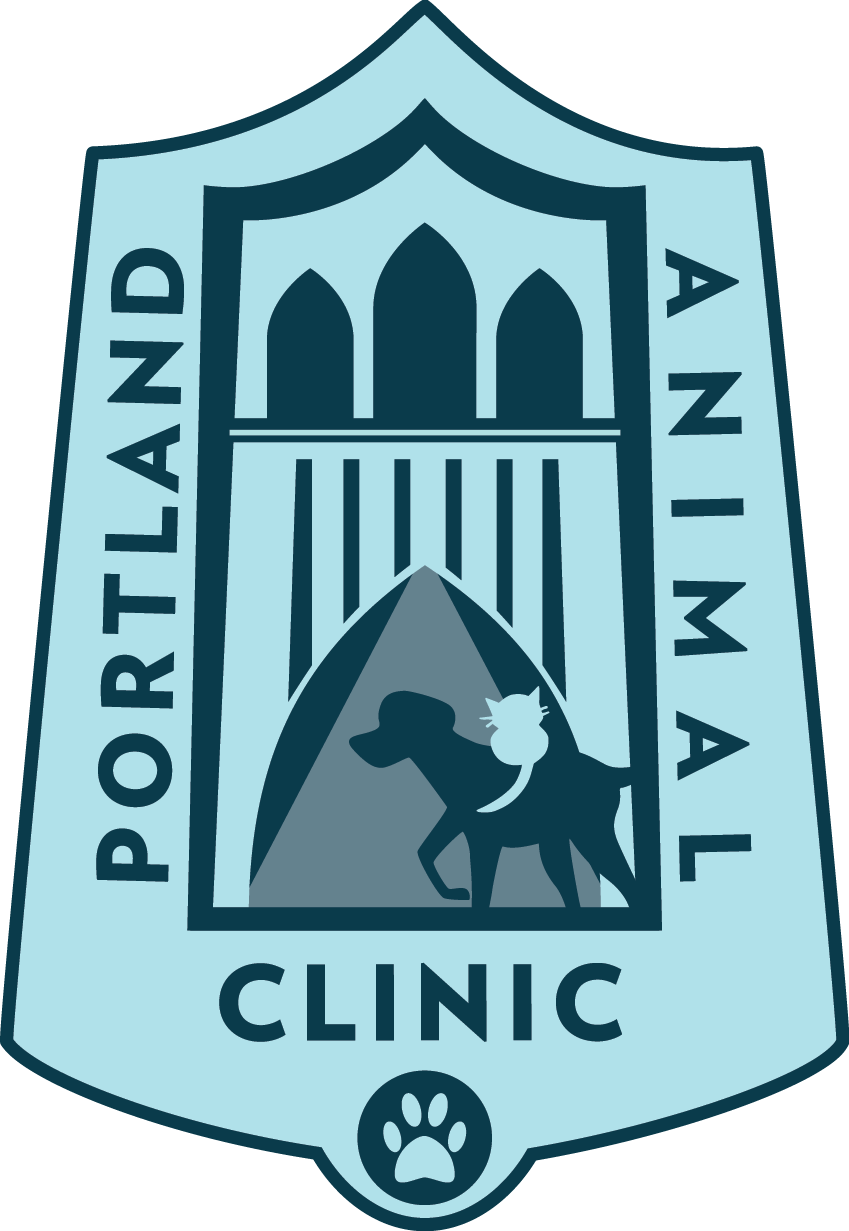Salmon Poisoning in Dogs
Salmon poisoning is diagnosed in dogs only here the Pacific Northwest, from Northern California to British Columbia. Dogs can become sick after eating raw or partially cooked salmon, trout, steelhead, or Pacific Giant Salamanders.
Clinical signs are usually seen 5-7 days after ingesting the fish, and include vomiting, bloody diarrhea, fever, enlarged lymph nodes, anorexia, lethargy, and weight loss.
Salmon poisoning is caused by a rickettsial bacteria called Neorickettsia heminthoeca. The bacteria are carried by a fluke (Nanophyetus salmincola), which burrow into the salmon’s body. Dogs are usually infected after ingesting dead fish that have washed up from rivers or beaches during spawning season. The flukes are ingested, colonize and penetrate the dog’s small intestine, and release the rickettsiae into the blood.
You can prevent your dog from getting salmon poisoning by monitoring him or her closely when visiting beaches or rivers. Make sure your dog is not eating dead fish on the shore. If you suspect your dog has salmon poisoning, you should seek treatment right away. Most dogs survive with treatment, which includes antibiotics and supportive care, but it can be fatal if it goes untreated. Your vet can diagnose salmon poisoning by checking a fecal sample for the fluke eggs.

